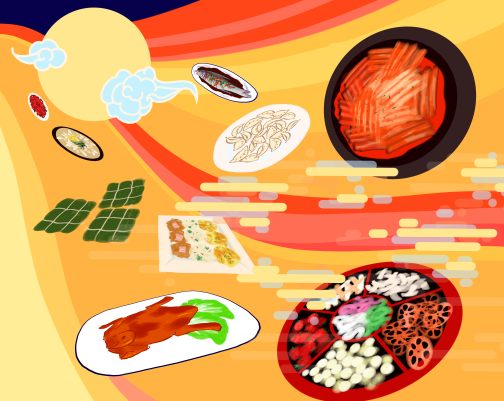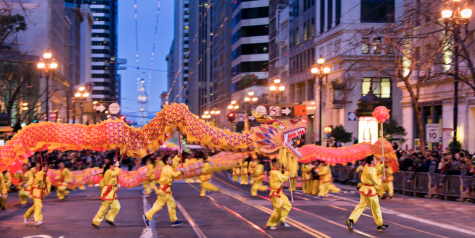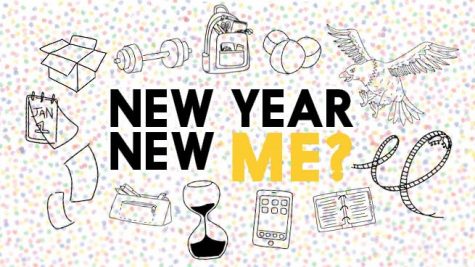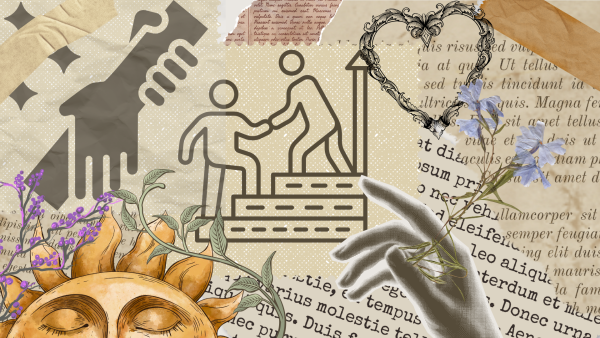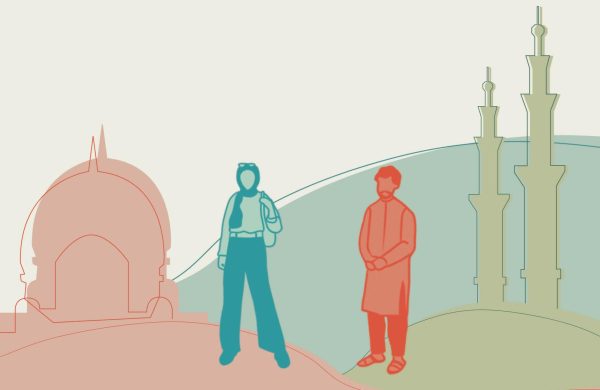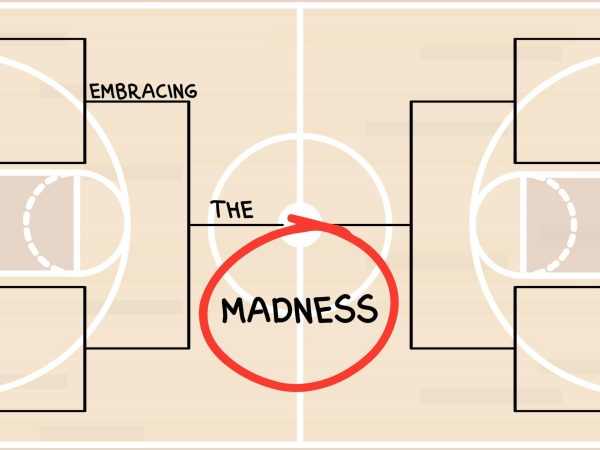Lunar New Year
Students of Asian descent at West celebrate Lunar New Year in many different ways.
Lunar New Year is the most important celebration in Asian cultures. This holiday celebrates the first new moon of the Lunar calendar and is celebrated among family and friends for fifteen days. This year, Lunar New Year begins Jan. 22. There will be no school Jan. 23, marking the first time the ICCSD has mandated a day off for Asian communities celebrating the new year. Read on to learn how to greet others in various languages and to explore how a variety of East and Southeast Asian communities celebrate this holiday.
新年快乐 (Xīnnián kuàilè)
Chinese New Year is also called Spring Festival, or chunjie. Families hang up new year couplets, a type of Chinese literature often written on red paper. The couplets vary in style and can be poetic or artistic. Red clothes are also worn to signify luck and happiness in the year to come. People gather with family and friends or video call through the social media platform WeChat.
“It’s just a time to get together with your family and celebrate the new year,” Thomas Tong ’26 said.
Food is an important part of the celebration. Northern Chinese eat jiaozi, or dumplings, which are believed to bring fortune to the household. They are stuffed with Chinese spices and minced vegetables and meats such as pork and cabbage. Those from southern China eat nian gao, or sticky rice cakes. After the family reunion dinner on New Year’s Eve, families watch the China Central Television New Year Gala, an entertainment show broadcasted live annually from major cities in China. Performances include comedy, folk dancing and singing, martial arts and magic shows. These acts feature many diverse performers, representing several distinct ethnic groups of China. During this celebration, it’s also important to set off firecrackers to ward off evil spirits. Additionally, younger generations receive hongbao — red envelopes with money inside — from older family members and family friends, as tokens of good luck.
새해 복 많이 받으세요 (Saehae bok mani badeuseyo)
Lunar New Year, or seolnal, is celebrated widely in South Korea.
“Everyone’s just happy to be there and trying to have a new start, like having new New Year’s resolutions,” Ijin Shim ’24 said.
Many individuals video call relatives who live far away, a form of virtual reunion. During this occasion, it’s very important for children to receive wisdom from elders. They bow down to their elders while wearing traditional clothing, hanboks, when receiving money. Koreans eat rice cake soup to symbolize getting one year older. They also play a traditional game called Yut Nori, which uses four wooden sticks with markings on them, a game board and little, circular game pieces. The sticks are flipped on a blanket or mat to determine how many squares to move on the game board, and the player who reaches the end first wins. This game has been played in Korea since ancient times, and has been passed down from generation to generation.
Chúc mừng năm mới
Vietnam also celebrates Lunar New Year and calls it Tet. During this celebration, li xi, or red envelopes with money, are given to children by elders. This signifies wishing good luck to the children for the year to come. During this celebration, Vietnamese people wear traditional ao dai, an outfit consisting of silk pants, an overlapping robe with slits on both sides, various embroidered patterns, and a small, circular matching fabric headpiece. Since red is considered a lucky color in Vietnamese culture, people eat red sticky rice to bring luck in the year to come. Moon cakes, candied fruits, various types of seeds and sticky rice are popular traditional foods also eaten during this time. Additionally, the Vietnamese Student Association at the University of Iowa hosts a night of Lunar New Year festivities at the University of Iowa Memorial Union. At the function, traditionally-dressed attendees enjoy traditional and modern performances and eat traditional food.
“To me, it really is just a big celebration just welcoming the new year itself and then hoping for fortune and good health for everyone around us in our community,” Kevy Huynh ‘23 said.
Your donation will support the student journalists of West High School. Your contribution will allow us to purchase Scholarship Yearbooks, newsroom equipment and cover our annual website hosting costs.
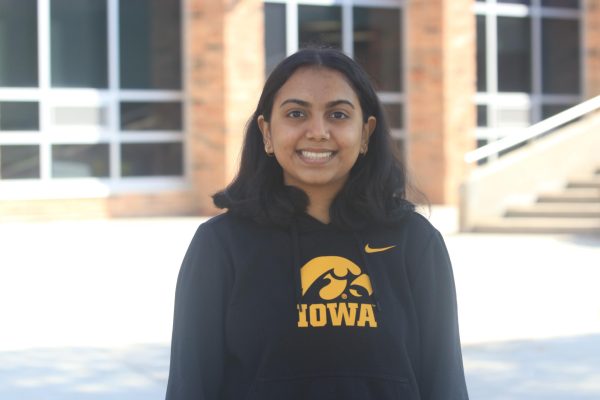
(she/her) Mrudani Ramkumar is a junior at West High and this is her second year on staff. Mrudani's the News Editor for the print edition. Outside the...
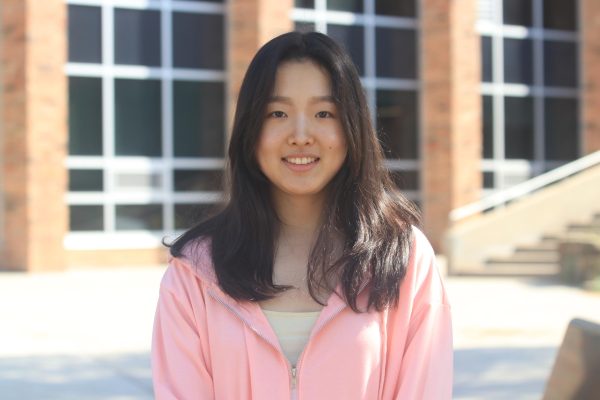
(she/her) Jessie Li is a junior at West High. This is her second year on staff, and she is the Assistant Copy Editor of the West Side Story news magazine....
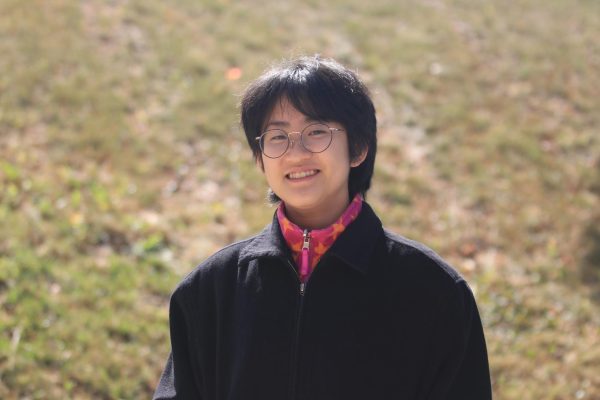
(she/her) This is Athena's third year on the WSS print staff, and as a senior, their last year. She is entertainment editor, and enjoys all things satire,...


